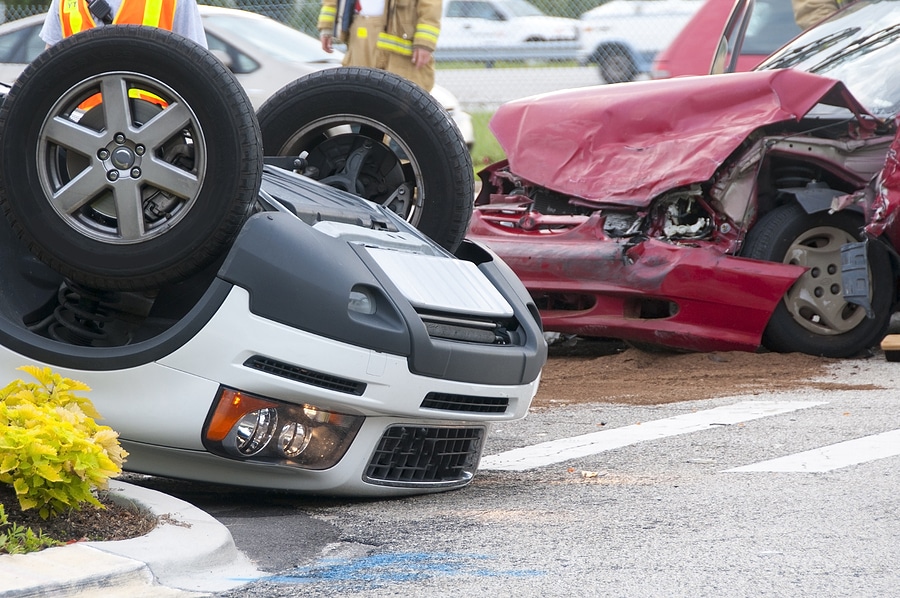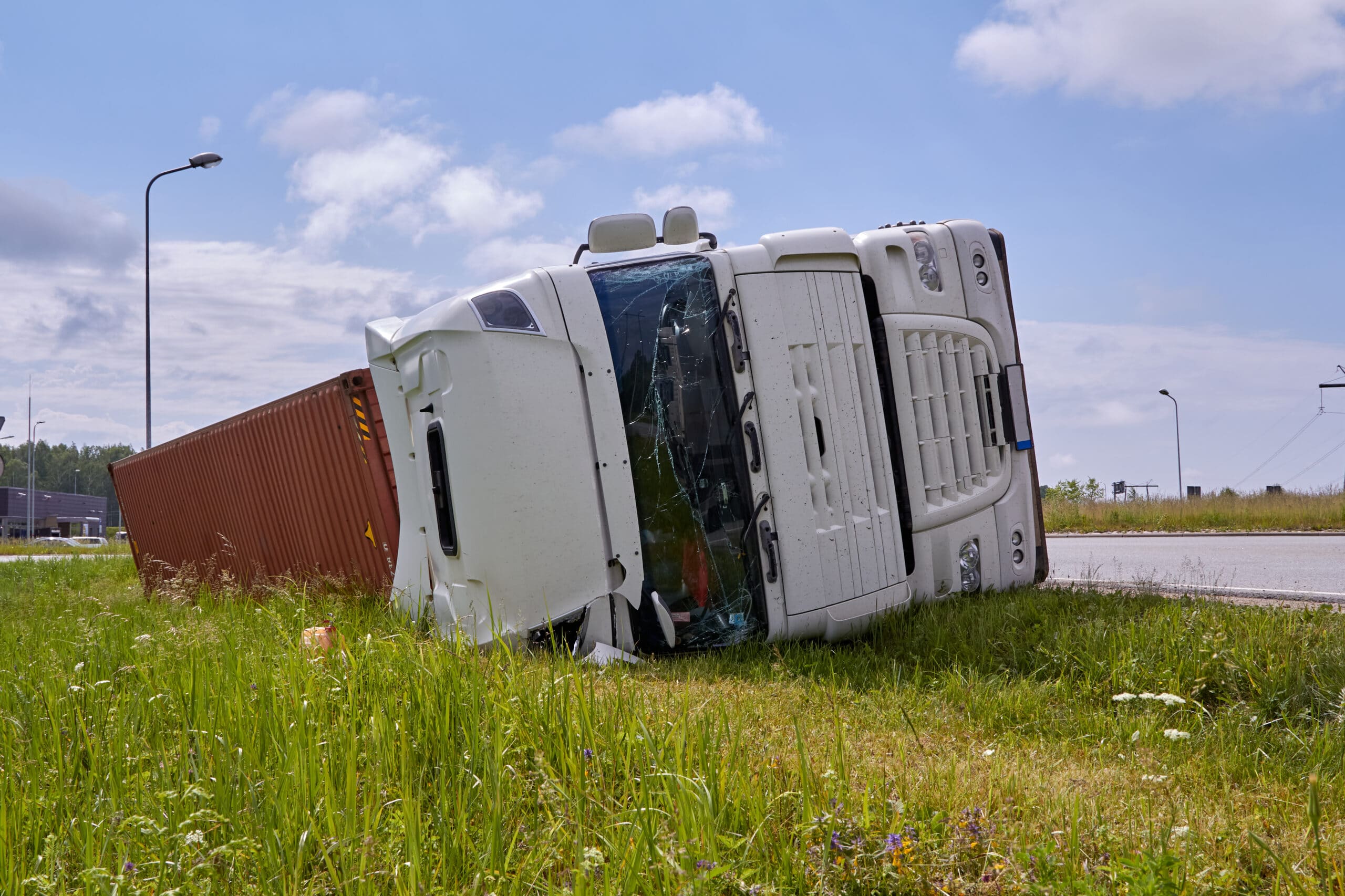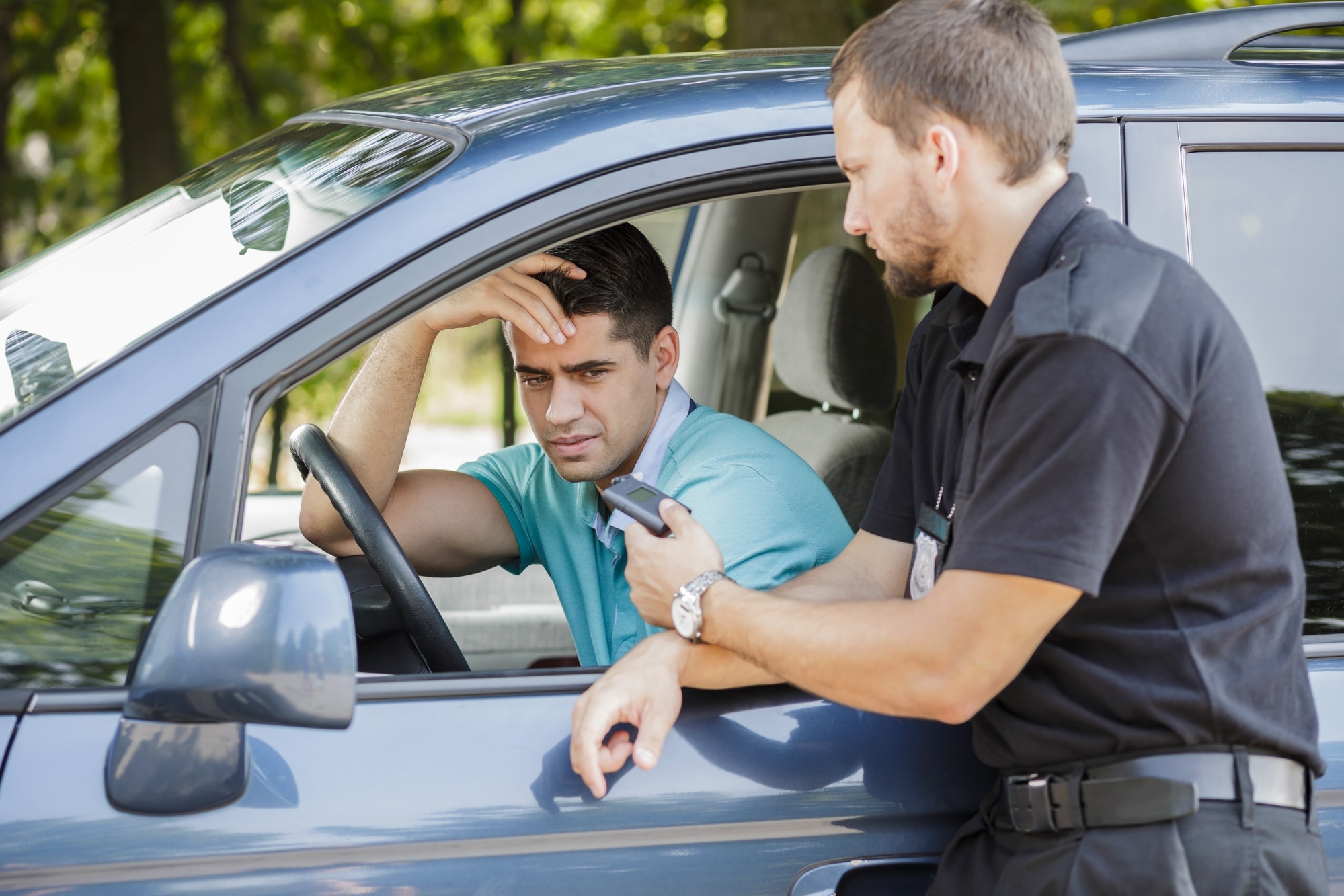Why Fault Matters and Steps for Proving It
While Michigan has a no-fault auto insurance requirement that helps ensure individuals have easy access to coverage for medical bills and other needs after an accident, personal injury lawsuits still play a role. If you’re in a car accident that’s the fault of someone else, you may need to seek compensation from their insurance company for some losses. You can only do that if you can demonstrate their fault or negligence.
Some circumstances make it easier to determine or demonstrate fault than others. If someone is rear-ended while they are stopped appropriately at a traffic light, fault likely lies with the other driver, for instance. In other situations, fault may be more challenging to demonstrate, such as when two vehicles collide head-on.
Proving Driver Negligence
Personal injury cases require that the plaintiff — that’s you, if you’re the one filing the lawsuit and seeking compensation — bear the burden of proof. That means you must build a case that demonstrates the other driver was at fault.
A personal injury lawyer helps you do this by:
- Demonstrating that the other person had a duty of care to you. Any reasonable person operating a vehicle on the road has a duty of care to drive in a way that is responsible and safe, so this step is fairly easy.
- Showing that the other driver breached their duty of care. Someone might do this by failing to follow traffic signals, speeding, refusing to take into account weather conditions on the roadway, or any number of other actions.
- Proving that the other driver’s actions contributed to the accident. You also need to show that you were not at fault in the incident or that your fault was less than the other driver’s.
On top of all this, you must demonstrate that your losses are specifically related to the crash. One common defense against this type of personal injury case is to try to show that the plaintiff had a pre-existing condition and that the current medical needs are not related to the crash.
Making a Case for the Fault of Another Driver
If you were involved in a head-on collision and wonder if you can seek compensation for your losses from another party in the accident, a personal injury lawyer can help you understand your options. An experienced legal team can also work on building a case demonstrating the other driver’s fault, including gathering and presenting evidence such as:
- Police reports. Law enforcement officers who are called to the scene of an accident conduct an investigation there. They record information about their observations in the police report. This can include witness statements, things the officer noticed, and details about the location or condition of the vehicles in question. Police reports also note if anyone received a citation related to the incident.
- Insurance adjuster reports. If insurance companies have already sent out adjusters and they have reports regarding the physical damage to vehicles, this might be helpful in creating a narrative about what happened during an accident.
- Images and videos of the accident scene. If a security or traffic camera took video of the accident as it happened, that can help show who was at fault. Videos and pictures taken after the fact can also be helpful, as they can show details that can help expert witnesses recreate what occurred in the accident.
- Witness testimony. Your attorney can depose witnesses from the accident scene, getting their official statements about what they saw. This can fill in important details that support an argument that another driver was at fault.
The Role of Comparative Negligence in Head-On Collision Cases
Depending on the details of the accident, you might need to fend off comparative negligence claims.
For example, if a head-on accident occurred because one driver was traveling the wrong way in the lane, it’s fairly obvious that they were at fault in the incident. However, if that’s the case and the other driver sees the vehicle coming, there may be time to make an evasive maneuver. If there is time and space to avoid the crash and the other driver makes no move to attempt to do so, could they possibly be considered at fault? This is typically a determination made by the court.
If comparative negligence comes into play, it can impact how much compensation you receive. The amount you receive from any potential award is reduced by your portion of the negligence. So, if you are deemed 10% at fault in an accident, for instance, you can only collect 90% of any awarded funds.
Work With a Team That Can Help You Seek Compensation
Life after a head-on collision can be complex. You may be dealing with medical bills and be unable to work as you recover physically from the accident. Getting back to a new normal might seem like a daunting endeavor, and you may be tired of dealing with insurance-related paperwork.
Don’t let fatigue keep you from seeking compensation you might deserve. Instead, reach out to the Sigal Law Firm. Our personal injury team will take time to listen to your story and provide options for a potential path to compensation. To talk to our team, call 248-671-6794.
















